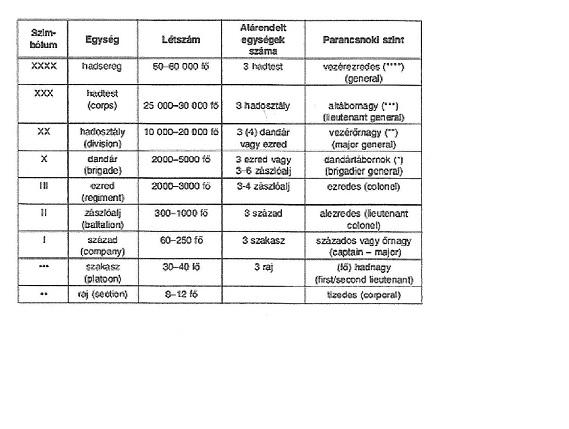Organisation
Little publicly verifiable information exists on the contemporary SAS, as the British government usually does not comment on special forces matters due to the nature of their work.
[70][71] The Special Air Service comprises three units: one Regular and two
Army Reserve(AR) units. The regular army unit is 22 SAS Regiment and the reserve units are
21 Special Air Service Regiment (Artists) (Reserve) (21 SAS(R)) and 23 Special Air Service Regiment (
23 SAS (R)), collectively, the Special Air Service (Reserve) (SAS(R)).
[6]
Squadrons[edit]
22 SAS normally has a strength of 400 to 600.
[72] The regiment has four operational squadrons: A, B, D and G. Each squadron consists of approximately 65 men commanded by a major, divided into four
troops (each troop being commanded by a captain) and a small headquarters section.
[73][74] Troops usually consist of 15 men (Members of the SAS are variously known as "blade" or "Operator")
[75][76][77] and each patrol within a troop consists of four men, with each man possessing a particular skill e.g. signals, demolition, medic or linguist in addition to basic skills learned during the course of his training.
[74] The term "squadron" dates back to the units earliest days when the unit's name was intended to confuse German intelligence.
[76] The four troops specialise in four different areas:
In 1980 R Squadron (which has since been renamed L Detachment) was formed; its members are all ex-regular SAS regiment soldiers who have a commitment to reserve service.
[74][nb 2]
22 SAS squadron duty rotations are set up as such that one squadron is maintained on Counter Terrorism duty in the UK; a second will be on a deployment; a third will be preparing for deployment whilst conducting short term training; and the fourth will be preparing for long-term overseas training such as jungle or desert exercises. In times of war, such as the 2003 invasion of Iraq, its not uncommon for two squadrons to be deployed

